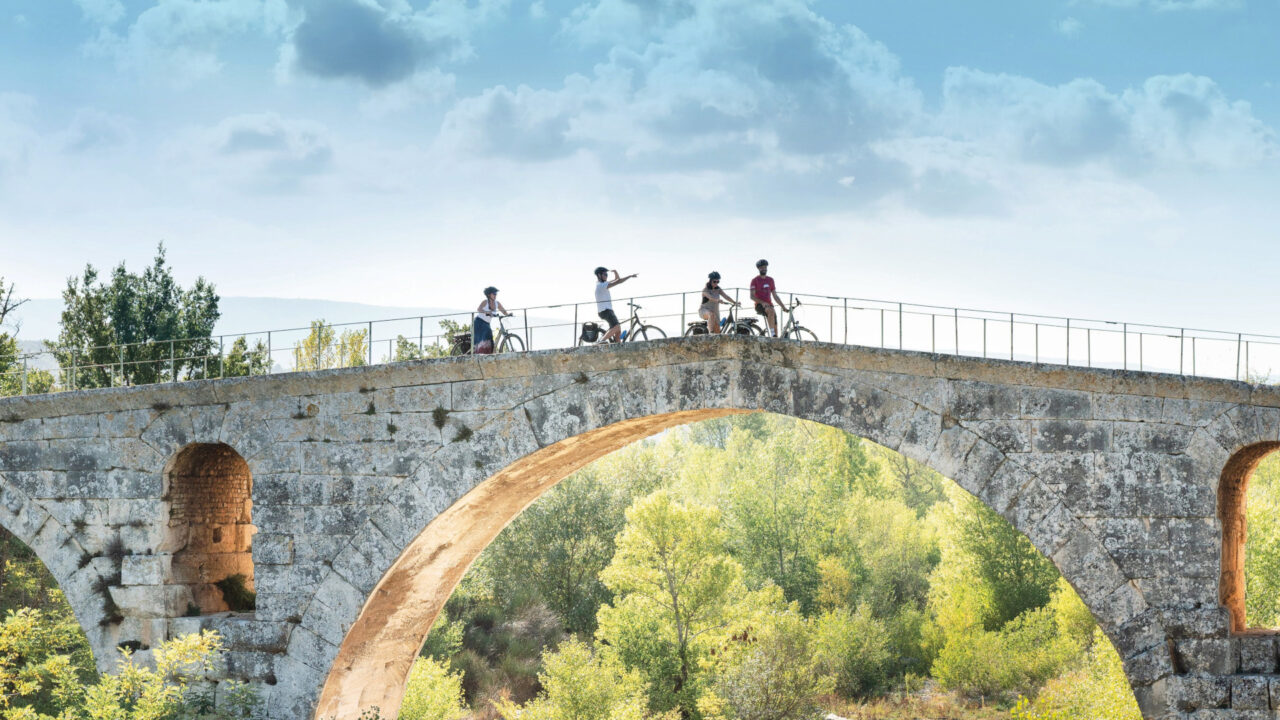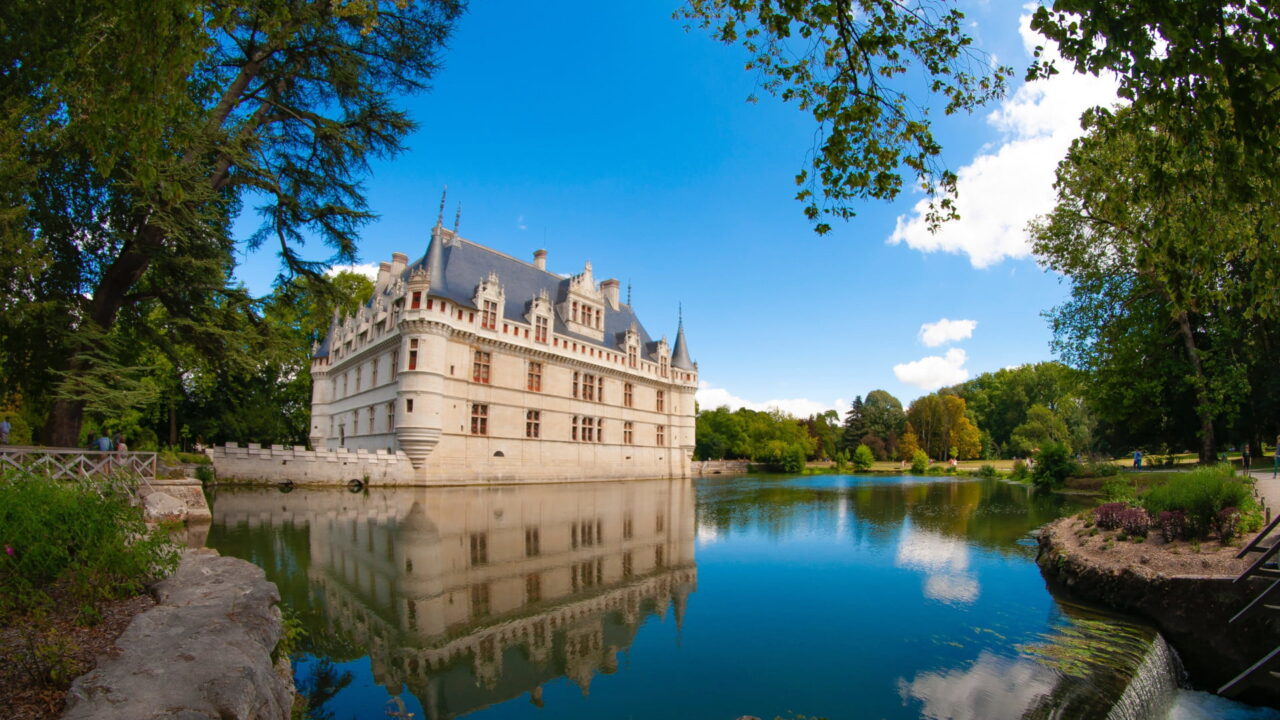The enchanting region of Segovia is a setting plucked straight out of the history books with beautifully preserved medieval towns, striking castles and architectural masterpieces scattering the land. The history here spans primitive Iberian settlements to Roman conquest, Islamic rule and Christian reconquest, which has weaved the tapestry of today’s political, economic and cultural traditions in the Kingdom of Castile. A testament to the many layers in Spain’s past, Segovia was one of the most influential cities in the northern Spanish region of Castile and León. Its booming wool and textile industry made a commercial name for the region in the 16th century, transforming it into a hub for trade and commerce.
A visit here takes you on a journey through time in this wonderland where there is a story to be told around every corner. Before you embark on our Secrets of Segovia cycling tour, we’ve put together a guide to take you through the region’s rich history. Read on to learn more about Segovia’s landmarks that transport you back into its intriguing past.
Alcázar de Segovia – Spain’s Fairy-tale Castle
What appears like a real-life fairy-tale castle, the Alcázar of Segovia doesn’t have such a dissimilar past as the residence to several Castilian Monarchs, notably the powerful Queen Isabella I who unified Spain. Many of us Brits will recognise her daughter, the Spanish princess Katherine of Aragon, one of Henry VIII’s surviving wives.
The site takes its name from the Arabic, al-qasr, meaning fortress, which reflects the start of its life as an Arab fort in the 13th-century. After the Reconquista, the castle made its transition from a military base to a palatial residence and was renovated to reflect a Gothic architectural style alongside its original Mudéjar foundations. For almost two centuries, it then served as a state prison before it was handed over to the Ministry of War to serve as a military school.
The castle still stands proud today on a cliff perched above the confluence of two rivers, towering over the city below. Built at the end of the Middle Ages, its rising cream turrets with striking blue spires are said to have inspired Walt Disney’s design for Cinderella’s Castle. Its blend of Gothic and Mudéjar styles, with a few Austrian touches, makes it distinctive as one of the most extraordinary castles in Spain. Visit this breathtaking sight for yourself when pedalling through this magical region.
This tour offers a leisurely cycling holiday along stunning and quiet country roads in the heart of Spain, away from the crowds.
The Roman Aqueduct – An Engineering Miracle
Located in the centre of the city of Segovia is another grand landmark which has survived the test of time – the Roman Aqueduct. Dating back to the 1st or early 2nd century AD, this utopian piece of architecture isn’t just a symbol of Segovia itself but one of the best-preserved ancient monuments left in Spain. This feat of engineering mastery, which once carried water from the Fuente Fría river towards the city, is considered one of the most impressive legacies of the Roman Empire in Europe. It’s 167 arches, some rising to 28 meters, are living proof of Roman engineering and ingenuity. Standing over the streets below, this awe-inspiring structure can be seen from all around and acts as the picture-perfect backdrop when exploring the region’s capital city.
Pedraza and Sepúlveda – Enchanting Medieval Gems
The medieval towns of Pedraza and Sepúlveda will take you back in time to an era of narrow cobbled streets, stone houses and hidden rural treasures. Pedraza is an isolated, but fantastically preserved village, whose wobbly buildings and emblazoned houses attest to the fact that not much has changed here for hundreds of years. Like most places in Spain, there are Roman foundations to the town, but the most recognisable traces are from the 15th century and onwards. Here every corner transports you into a past world, its beautiful square is a must-visit, enjoy a cool drink here and take in the history that oozes from its sandstone walls.
Sepúlveda is another historical town which has retained its medieval charm from the 11th and 12th centuries. The beautiful settlement sits atop a hill with winding streets and noble houses in the heart of the Duratón Natural Park. This rural jewel exhibits its very own castle, a fascinating Jewish quarter and several Romanesque churches with beautiful facades and bell towers. Visit these hidden gems nestled within Segovia’s rolling landscape.
Turégano – An Ancient Fortress Town
Just 30km from the city of Segovia lies the fortified village of Turégano, which is engulfed by a unique 15th-century castle. This magnificent structure was built by the archbishop of Segovia, Juan Arias Dávila, who had decided to make the town into his own personal fortress. Both admirable and formidable, the sturdy castle walls with their rounded turrets house the San Miguel church. The church itself displays beautiful Romanesque features with a rectangular floor plan, circular towers and a Baroque steeple. Despite not much being known about the exact history of this landmark, it’s still well worth a visit.
For more information on our cycling holidays in Spain, call our cycle experts today on 020 7471 7760.





